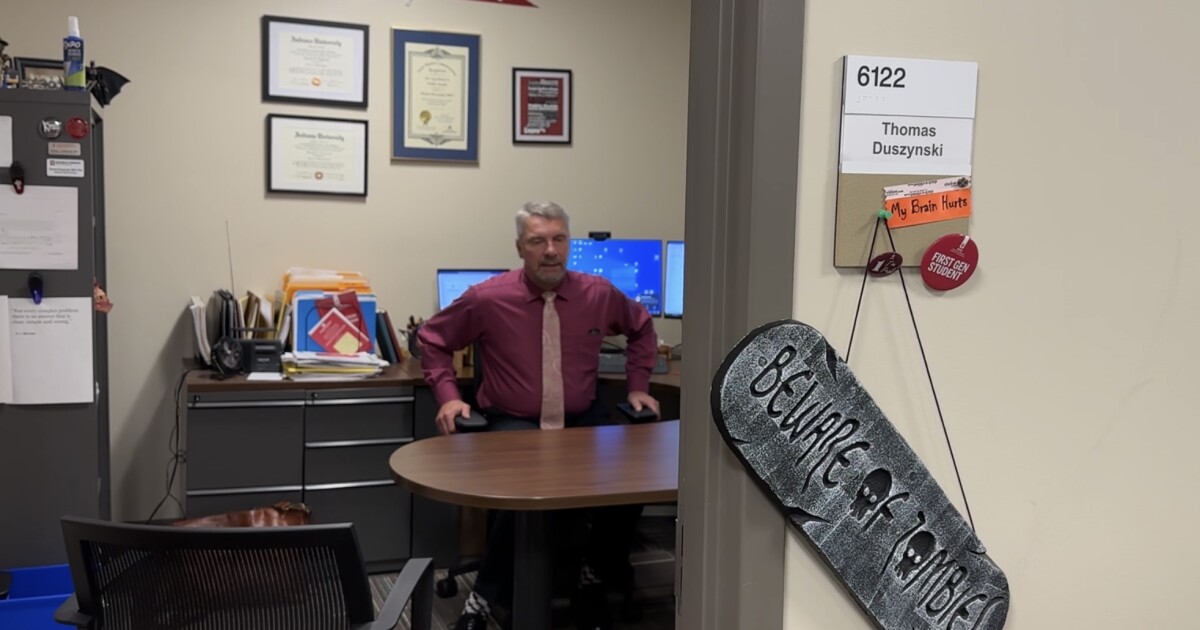Infection
IUPUI professor uses zombies to teach students about infectious diseases
INDIANAPOLIS — If you walk into Tom Duszynski’s office, you’d think it’s Halloween year round.
Scary masks, bat covered mugs and a skull -clattered sign that reads ‘beware of zombies.’
The epidemiologist has an affinity for the undead.
“Everybody knows what a zombie is. Everybody loves zombies. We all have our favorite zombie shows. It was a way to attract attention to the science,” the clinical assistant professor at IUPUI said.
Nine years ago, Duszynski started a course called Zombie Apocalypse and Doomsday Infections to help students sink their teeth into the topic.
Students get a chance to talk about their favorite zombie movies and TV shows, while learning about infectious diseases.
“As we looked around the world, we found these creatures in every society and every culture and they have a lot of similarities,” he said. “Since we’ve been around. We had to have some way of explaining the natural world, when we didn’t understand germ theory and how diseases work. We held these stories to explain some of that.”
The course is open to all undergraduate students on campus.
They learn about transmission, outbreaks and do case studies on respiratory infections, tuberculosis, HIV/AIDS and other STDs.
“How do you stop a zombie, how do you prevent a spread of a disease from occurring. The correlations are really easy for people to start grasping and understanding,” he said.
Movies and TV shows like Resident Evil, the Walking Dead, and most recently, the Last of Us have permeated popular culture.
Maya Gutierrez says talking about them is one of her favorite parts of the class.
“The Last of Us was like my favorite show this past year, so it was fun to be able to talk about that in class,” Gutierrez said.
The junior is studying public health because she has an interest in policy making and working with minority populations here in Indianapolis.
It’s a similar story for Sarita Maharjan, who is also a public health major.
“I want to involve more of the community and do more projects like that,” Maharjan said. “I think education is a big problem. The lack of resources to certain schools as compared to others.“
In the past three years, Duszynski says there’s an increased public interest in epidemiology.
People could see the role this field of science played in the COVID-19 pandemic.
“I did have a lot of students reach out to me to say ‘oh my gosh. I’m so glad I took the course. Now I understand what’s going on in the real world,” he said.

